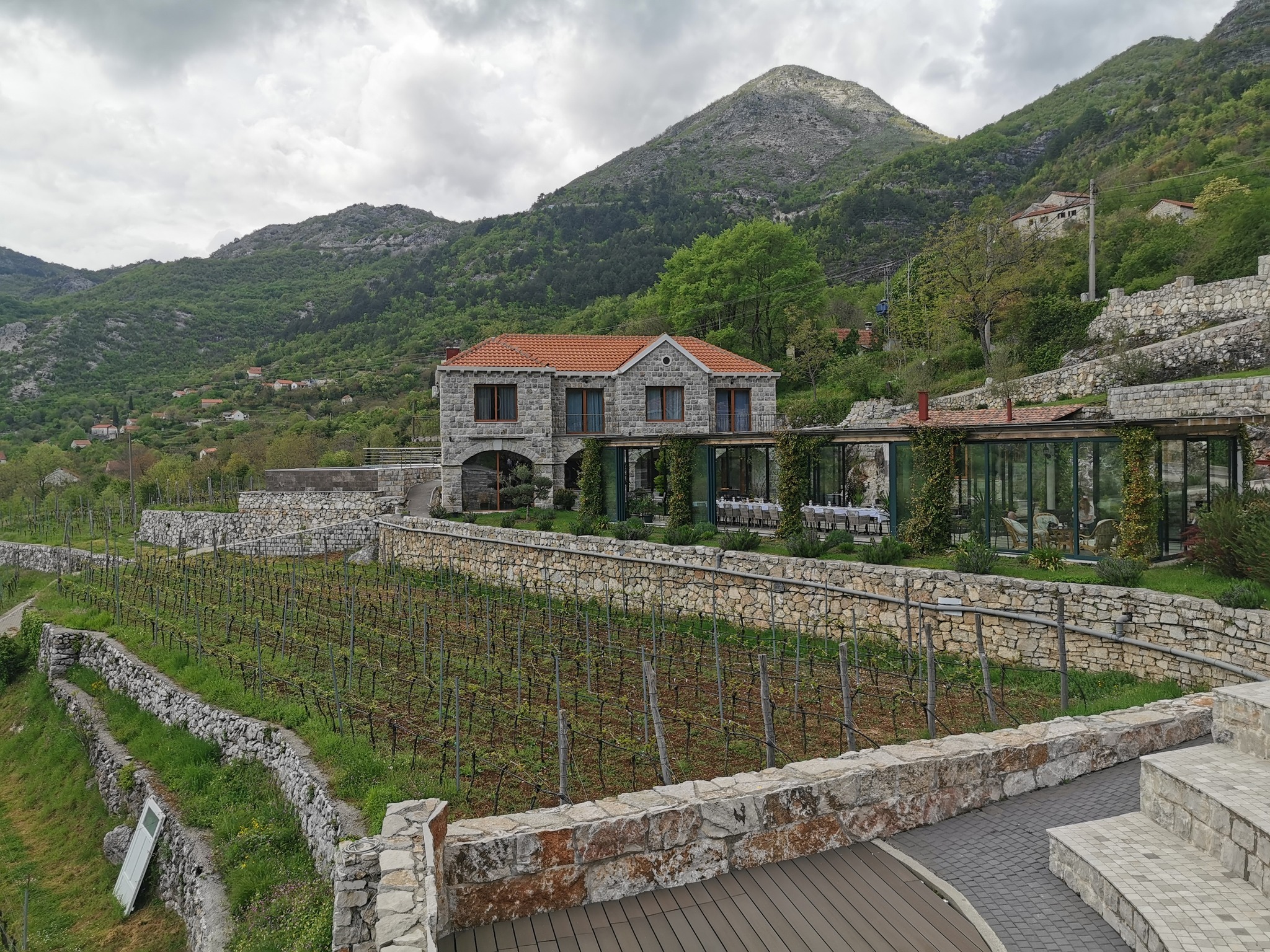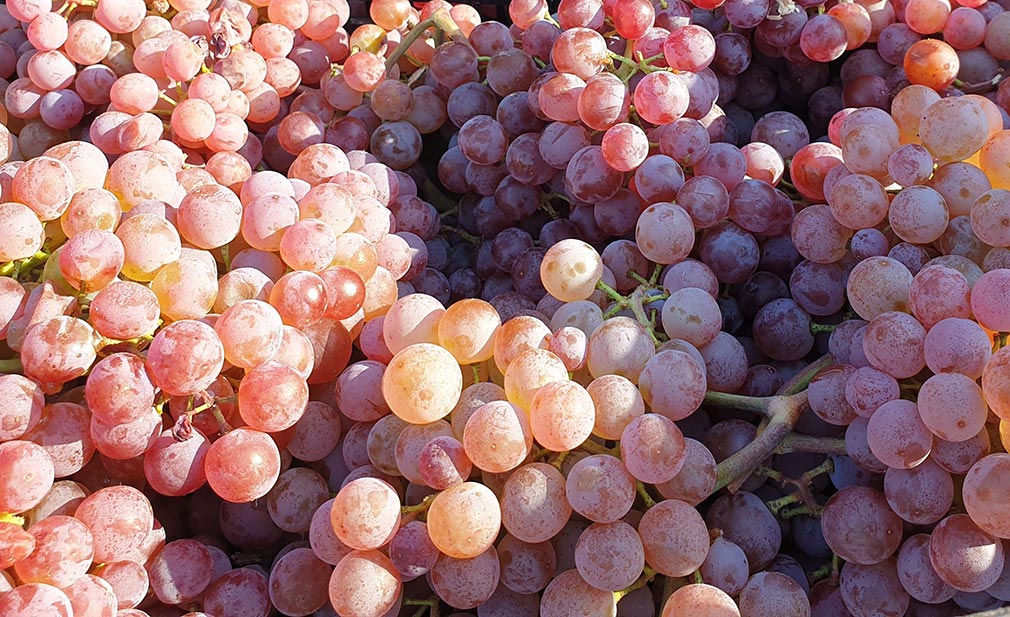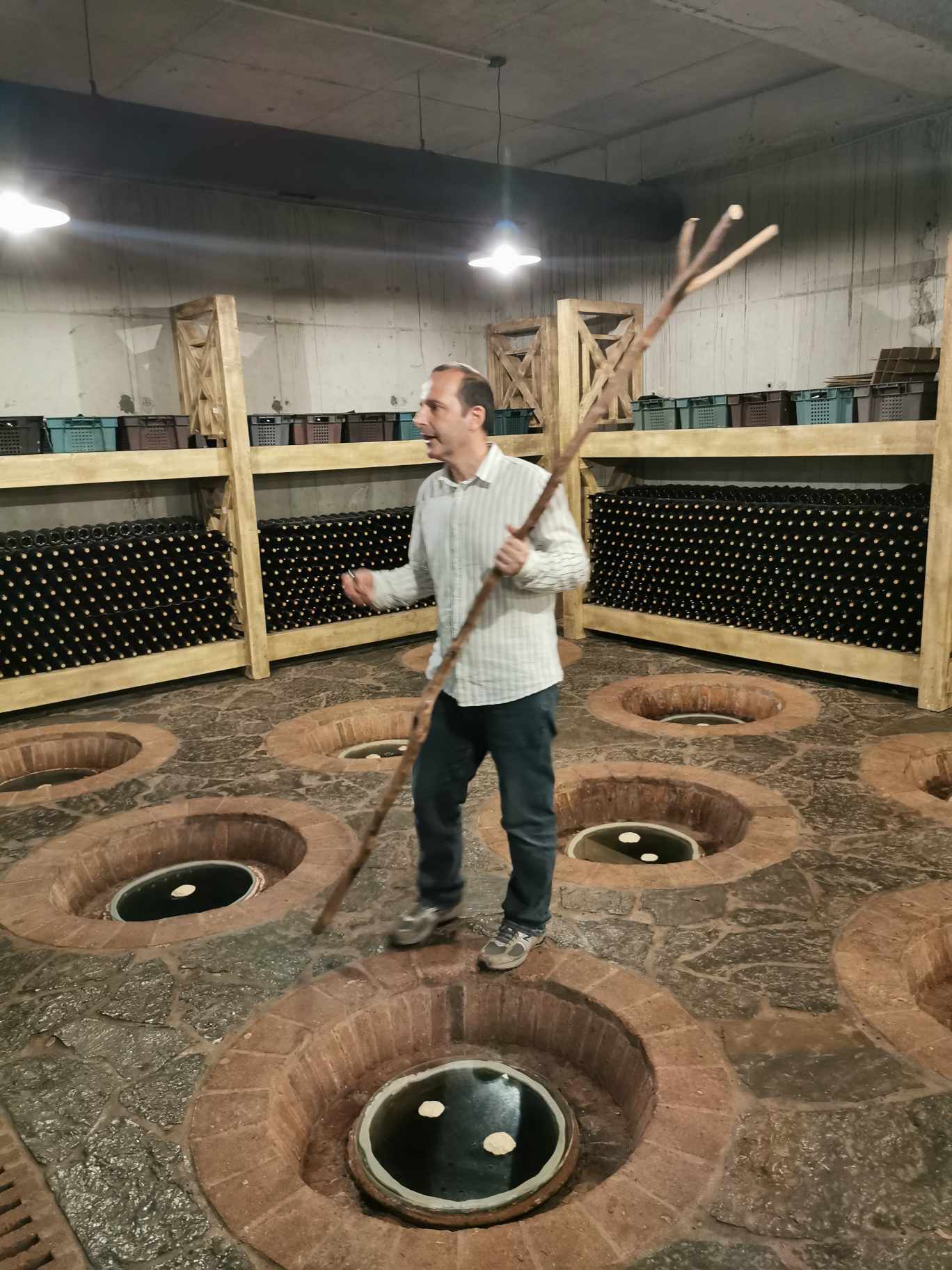News
News / 12/16/2019 / 2317
The use of algae as a fertilizer has been known for several decades and they are widely used in agriculture. Since 2015, experiments have been carried out in Bordeaux and subsequently at several other research centers around the world using certain strains of algae from the Atlantic Ocean in vineyards as biofungicide and for biological plant protection purposes. Such research has been fueled by the growing trend among winemakers to produce grapes in accordance with organic and biodynamic principles. Algae have already found their place in gastronomy, cosmetics, pharmacy and medicine, animal nutrition, so the time has come to determine all possible uses of algae in viticulture. The future of using algae lies in the fact that they grow 10 times faster than terrestrial plants and occupy smaller area of land compared to conventional crops.
The use of algae in viticulture is aided by the growing concern associated with prolonged accumulation of copper from Bordeaux mixture in the soil by dripping from sprayed leaves (whereby it is widely known that the soil oversaturated with copper becomes infertile). More and more winemakers who practice biodynamics are also avoiding the use of copper because they do not use substances that act by "killing" but on the contrary, aim to stimulate the vine to increase its resistance. A diseased plant is a sign of weakness, so action should be taken to prevent the plant from becoming diseased, rather than treating it at a later stage.
Algae-based solutions play an important role in prevention. Dissolved substances from the algae are sprayed over the vine leaves and thus create a protective film on the surface. Since these substances have higher Ph values, pests are less likely to attack the plant. Also, plants are less susceptible to disease because the plant is wrapped in a protective coating of the solution. The advantage of such solution is that there is no pre-harvest interval.
Algae-based solutions have an increased content of oligosaccharides. Their penetration into the soil affects activities of beneficial microorganisms, and therefore more nutrients are available to the plants. There is also a better development of the root system, so the root hairs absorb nutrients better and the plant is more resistant to drought and other stressful situations.
Vinegrowers from Serbia do not have much experience with algae-based solutions, so for examples of good practice we should turn to Slovenian and Austrian vinegrowers.

Tomislav Ivanović
Awarded wine writer, wine critic and contributor to selected wine magazines. WSET3-certified author and editor-in-chief of www.vinopedia.rs. Member of Vojvodina Sommelier Association. Juror in national and international wine competitions. Lecturing about wines of Serbia and the Balkans. Local partner of Wine Mosaic organization. Co-founder of International Prokupac Day.

Pročitajte i druge članke iz ove rubrike:


BALKVIWINE 2025 BEOGRAD
PROČITAJ VIŠE


KRATOŠIJA PROBUDILA CRNOGORSKE VINARE
PROČITAJ VIŠE


VINOPEDIA TOP 10 2024
PROČITAJ VIŠE


GIUAANI - VINSKI TURIZAM NA GRUZIJSKI NAČIN
PROČITAJ VIŠE


SPASIMO STARE VINOGRADE SRBIJE
PROČITAJ VIŠE
Winner MILLESIMA BLOG AWARD 2016

Pobednik MILLESIMA BLOG AWARD 2016
VINO & FINO wine personality of the year 2016

VINO & FINO vinska ličnost godine 2016